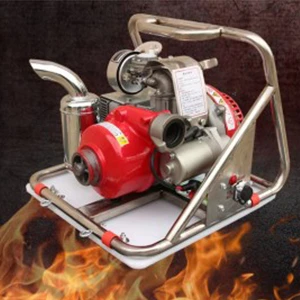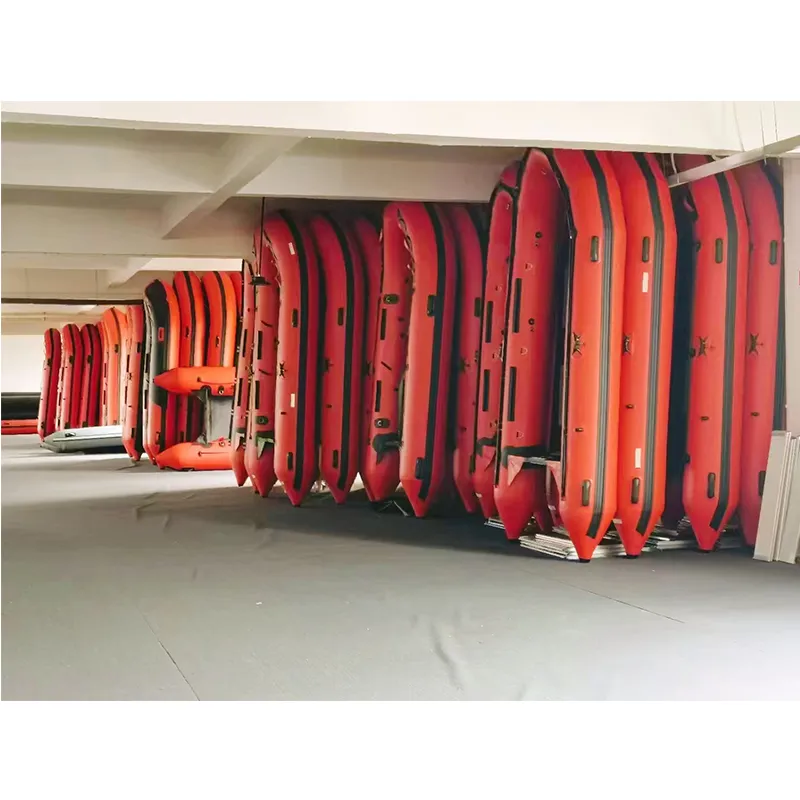

Trustworthiness and reliability are cornerstones of hydraulic rescue tool manufacturers. Brands in this field, such as Hurst Jaws of Life, Holmatro, and Amkus, are renowned for their durable and robust designs. They regularly engage in extensive research and development, alongside collaboration with firefighting professionals, to refine their products and respond to the evolving needs of the industry. Certifications from organizations like the National Fire Protection Association (NFPA) further cement the credibility and trust that agencies place in these tools, ensuring they meet stringent safety and performance standards. Importantly, the field of hydraulic rescue tools is not static. As automotive and structural designs evolve, so too must the equipment that firefighters rely on. Emerging technologies, such as integrated smart systems, are on the horizon. These innovations promise to provide real-time feedback and data during rescue operations, potentially transforming how emergencies are managed. By leveraging such technology, firefighters can make more informed decisions, improving the outcomes of rescue missions. In summary, hydraulic rescue tools are a testament to the intersection of technology and human skill, emphasizing the profound impact of having the right equipment during emergencies. Their development reflects a commitment to safety, efficiency, and adaptability, empowering firefighters to face the unpredictable challenges inherent in their line of duty. As these tools continue to evolve, so does their potential to save lives and forge deeper trust between the public and its protectors. The dedication to enhancing these tools underscores a broader commitment to bolstering public safety and advancing firefighting techniques worldwide.





























